Women Writers Speak Across the Ages by Donna Fletcher Crow
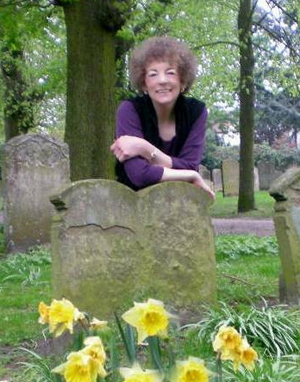 Felicity Howard, heroine of my Monastery Murders clerical mystery series, is a thoroughly modern American woman who has gone off— rather rashly as she does most things— to study theology in a monastery in Yorkshire. Felicity is determined to set the world right and has little time for learning the wisdom of the ages as her church history lecturer Father Antony keeps urging her to do.
Felicity Howard, heroine of my Monastery Murders clerical mystery series, is a thoroughly modern American woman who has gone off— rather rashly as she does most things— to study theology in a monastery in Yorkshire. Felicity is determined to set the world right and has little time for learning the wisdom of the ages as her church history lecturer Father Antony keeps urging her to do.
But then in A Darkly Hidden Truth, book 2 in the series, her world starts to fall apart— her difficult mother shows up unexpectedly, she discovers the murdered body of a a good friend, and then Antony is abducted— and Felicity finds that sometimes the past can speak to today as events lead her to two women writers who hold places in history for “firsts.”
Julian of Norwich (1342-1416) became the first woman to write a book in English when she wrote an account of the 16 mystical “showings” she experienced of the love of God; and Margery Kempe (1373-1440) “wrote” the first autobiography in English, although she was illiterate, by dictating it.
Although both women had mystical visions and their life spans crossed— they actually met in an event Margery records— they lived far different lives, had far different personalities and wrote in vastly different styles:
After her amazing showings Julian lived a life of quiet contemplation as an anchoress in a single room attached to a church in Norwich, going nowhere and seeing only her servant and those who came to her worldside window for counseling— Margery being one of those seekers. Margery traveled the world, going on pilgrimages as far afield as the Holy Land and Santiago de Compostelo.
Julian wrote her Revelations of Divine Love, (a book still widely read today) speaking only of her visions and of the love of God for his creatures. She divulges no details of her personal life— we don’t even know her name. We call her Julian because that was the dedication of her church. We know how she would have lived because she lived by The Ancrene Rule which set out rules for anchoresses.
Margery tells all. Even of the joyous sex life she shared with her husband. (They had 14 children.) She tells of her period of madness after the birth of her first child. She tells of her spiritual struggles with earthly vanity. She tells of her shrieking and bouts of uncontrollable weeping that made one group of pilgrims abandon her so that she had to cross the Alps in a blizzard with only an aged priest as companion.
And yet both women tell of lives touched by love, of the goodness of life. They speak of joy and beauty in the midst of unbelievable suffering. They tell stories I could never invent in my wildest fantasy. And it’s all true.
And it’s there as a lamp from the past to shed light for Felicity as she gropes for her future.
In A Darkly Hidden Truth, Donna Fletcher Crow creates a world in which the events of past centuries echo down present-day hallways— a world in which saintliness and devotion compete with the noise of traffic, a world in which a thoroughly 21th-century young woman can be drawn to the timeless and luminous peace of the convent — and then, on the surface of this world, Crow engraves murder, violence, and theft. I came away from the book feeling as though I’d been someplace both ancient and new, and had learned a great deal there. Donna Fletcher Crow gives us, in three extremely persuasive dimensions, the world that Dan Brown merely sketches. Timothy Hallinan, The Queen of Patpong, Edgar nominated Best Novel, 2011
ABOUT A DARKLY HIDDEN TRUTH: Felicity can’t possibly help Father Antony find the valuable missing icon. She’s off to become a nun. Then her impossible mother turns up unexpectedly. And a good friend turns up murdered… Breathtaking chase scenes, mystical worship services, dashes through remote waterlogged landscapes keep the pages turning. Felicity learns the wisdom of holy women from today and ages past and Antony explores the arcane rites of the Knights Hospitaller. But what good will any of that do them if Felicity can’t save Antony’s life?

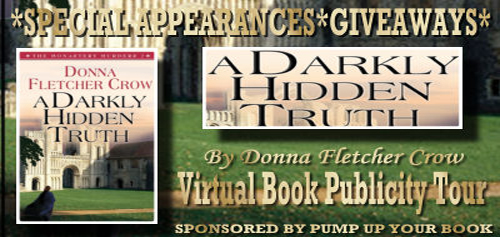







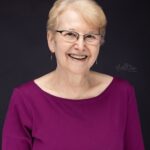
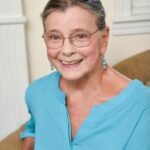
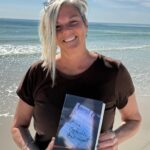
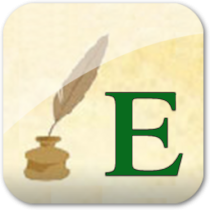

Elizabeth, thank you so much for hosting me on your blog. I love getting to meet your readers. Felicity, Julian and Margery all send greetings, too!
It was my pleasure. Congratulations on the publication of A Darkly Hidden Truth. 🙂